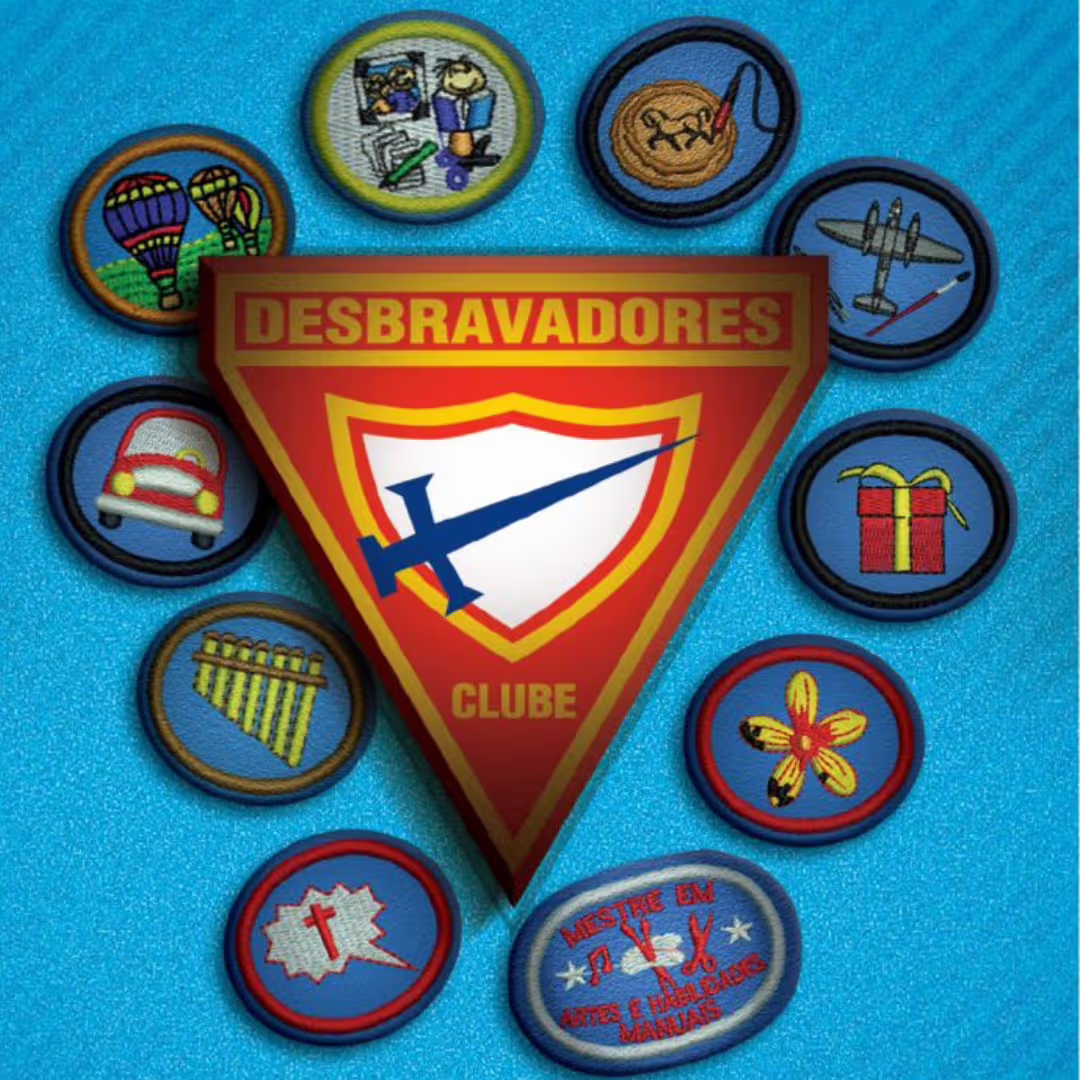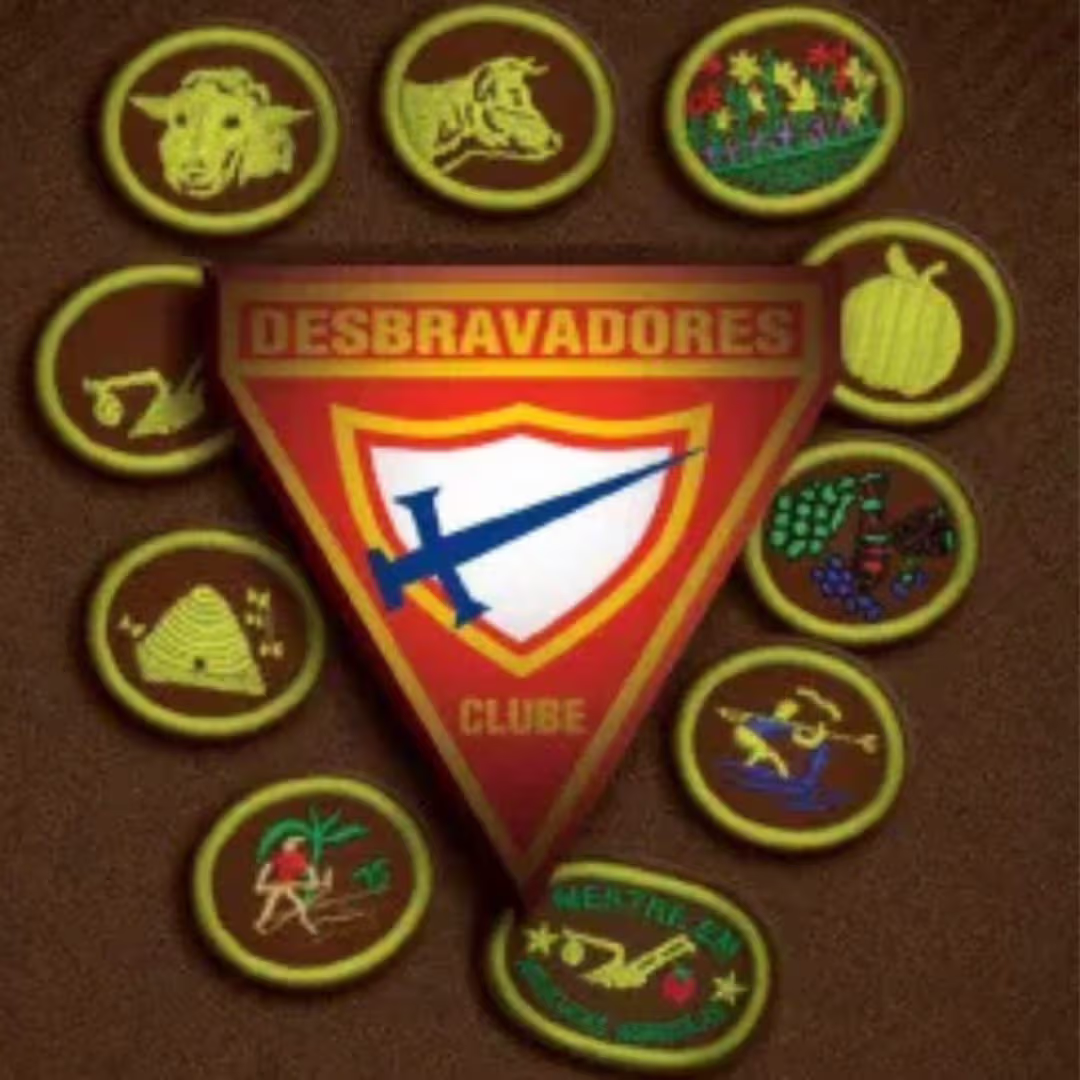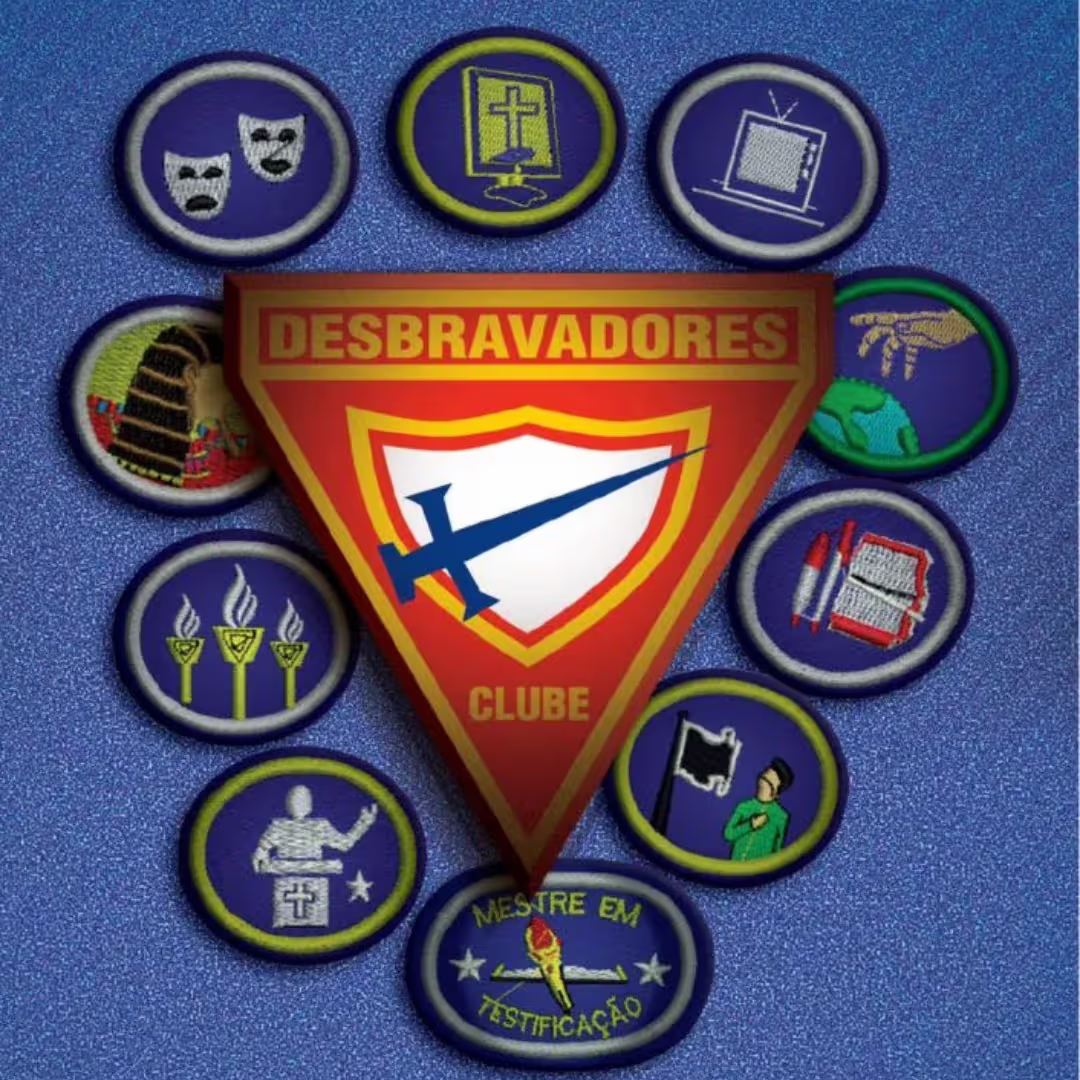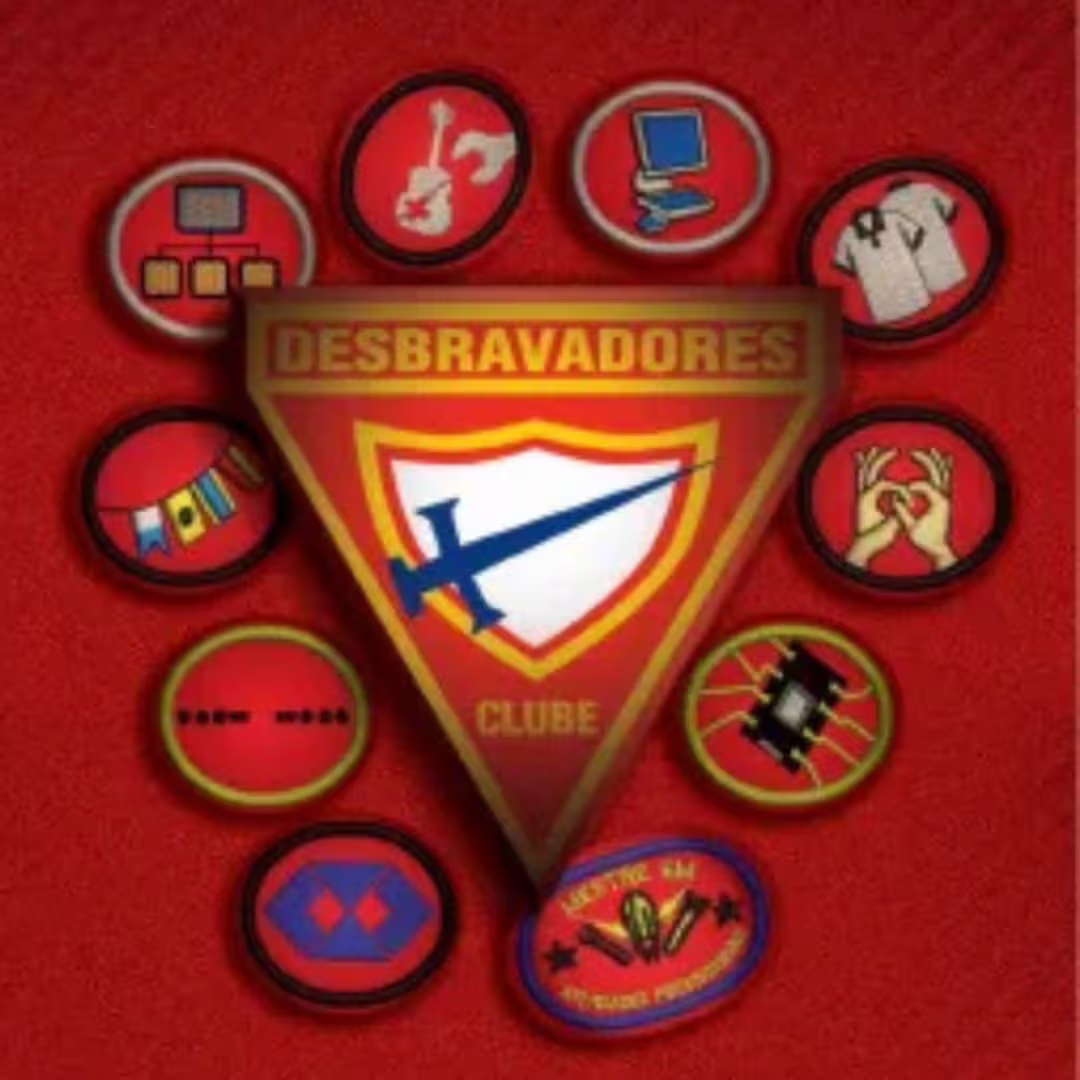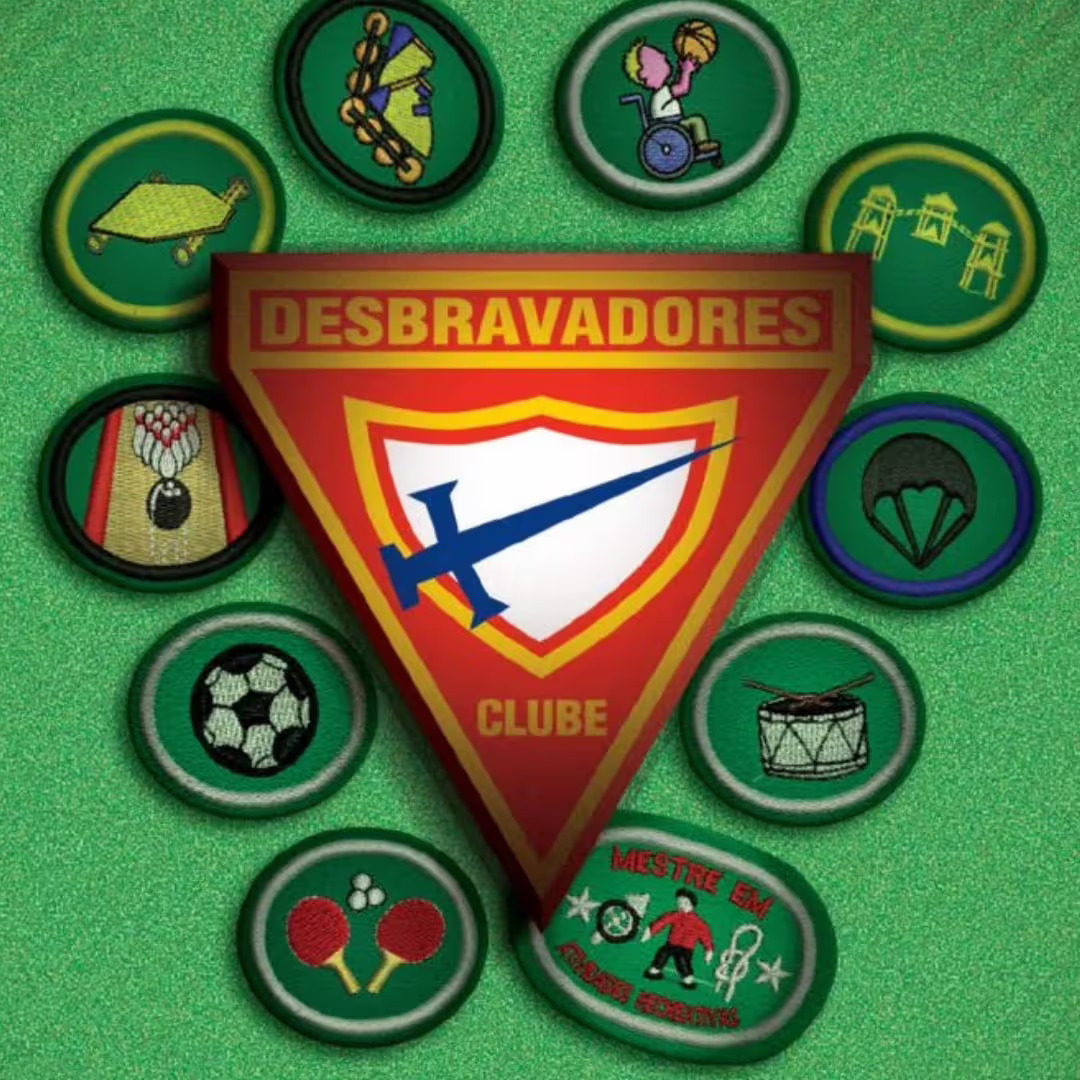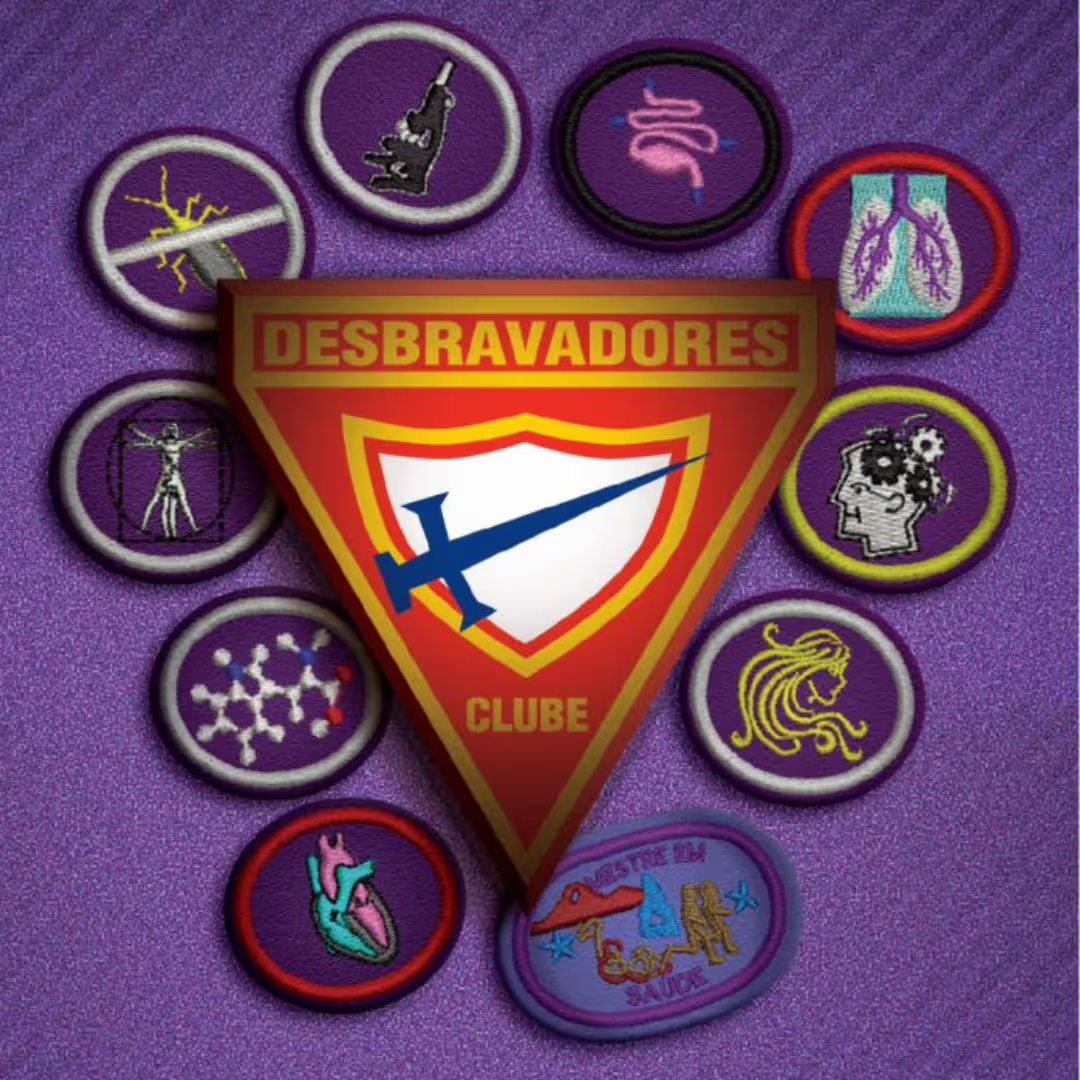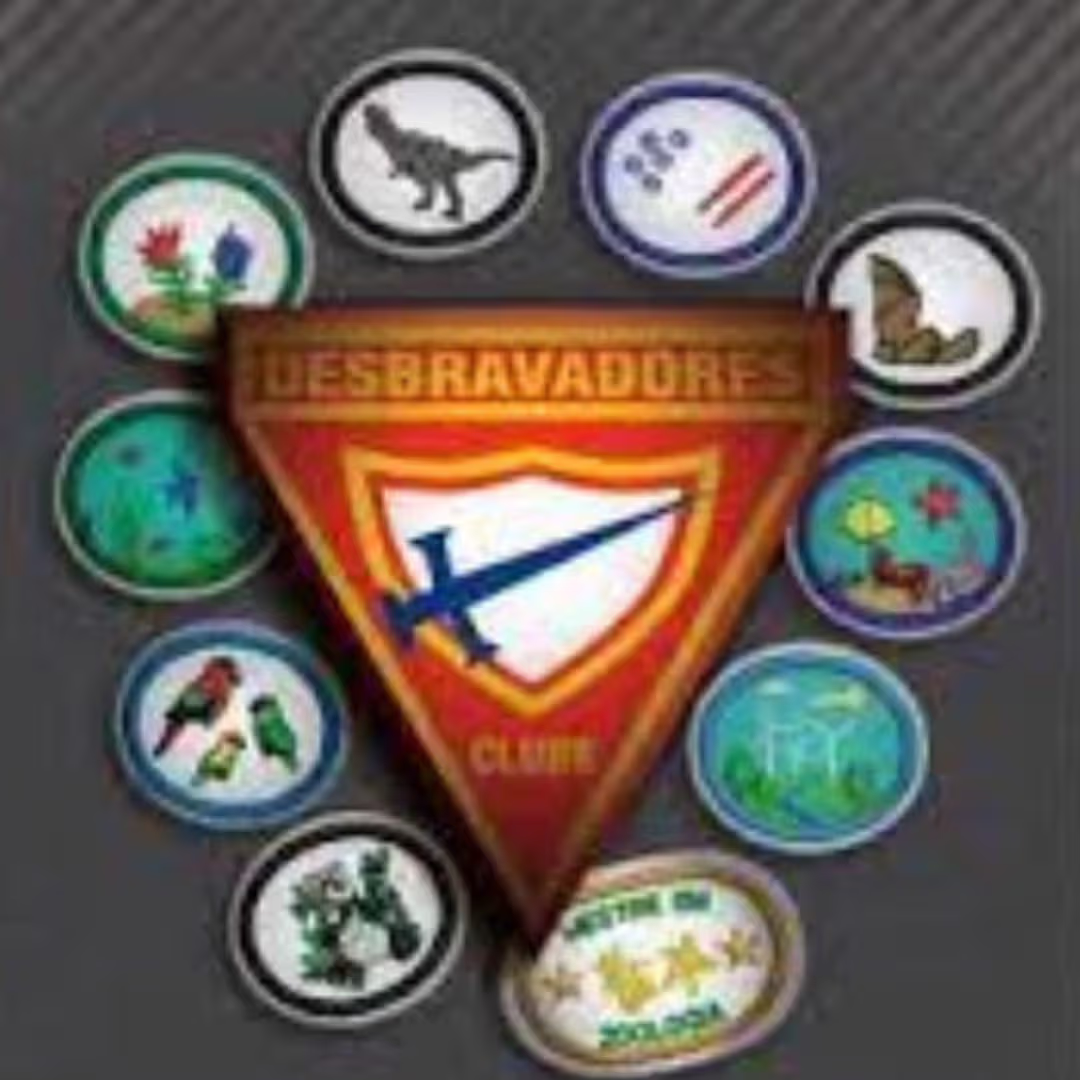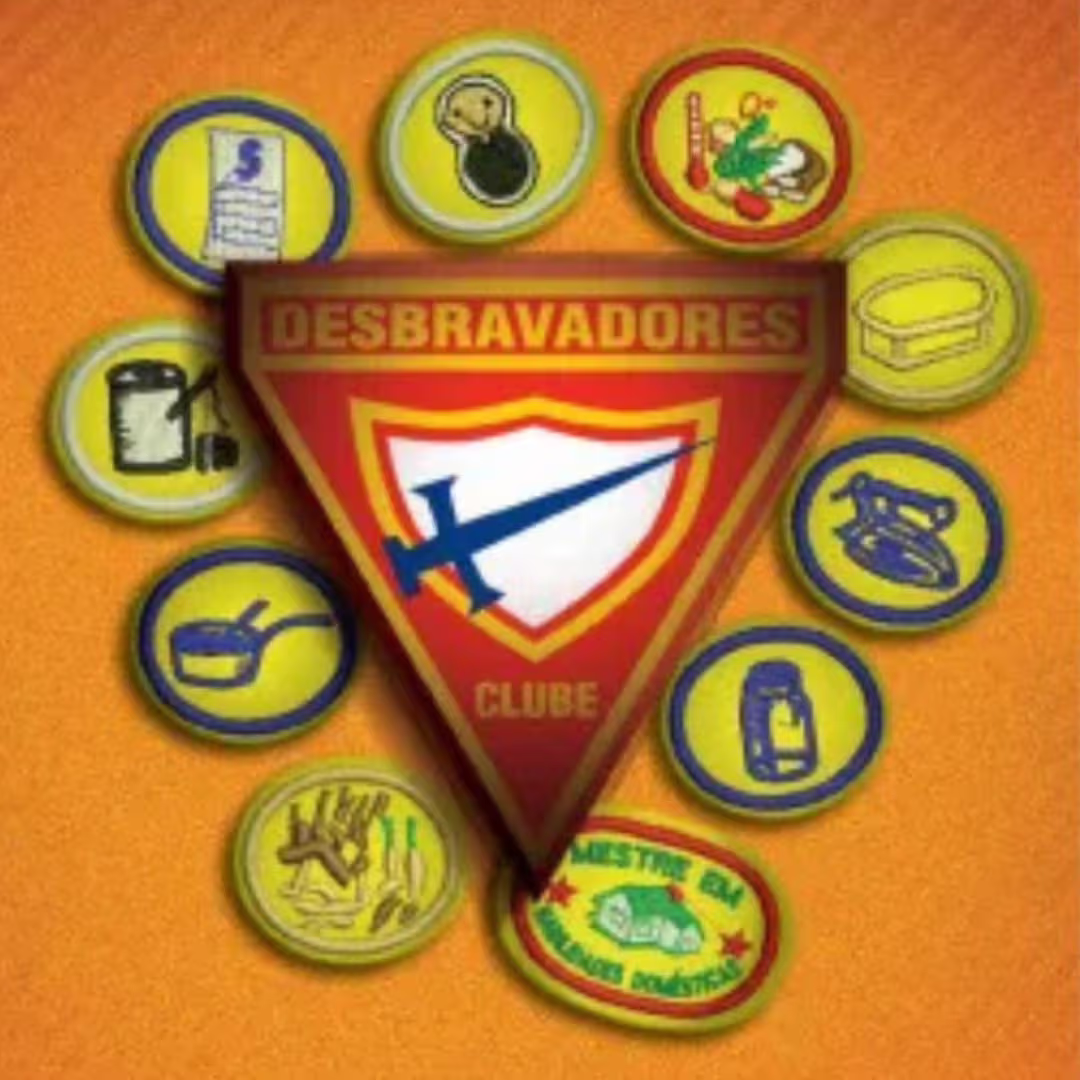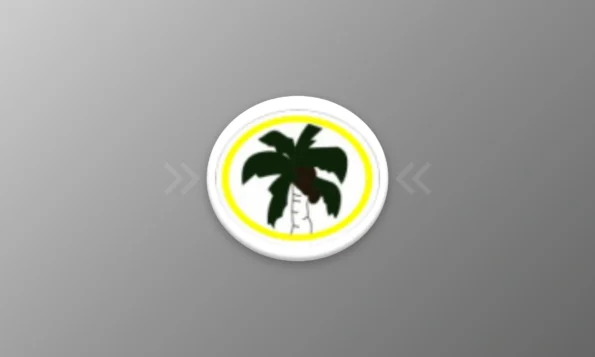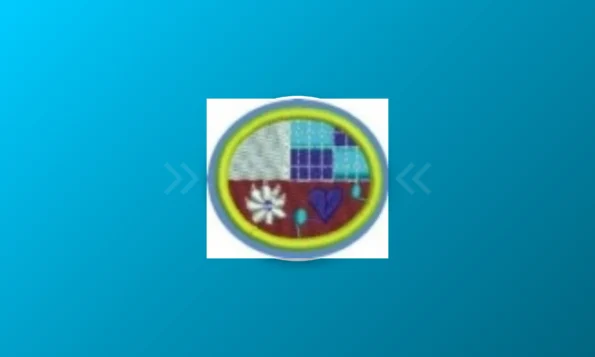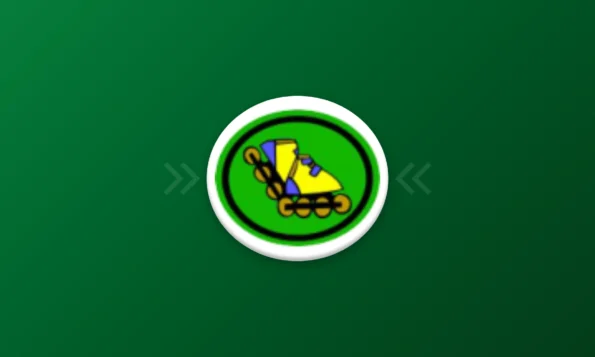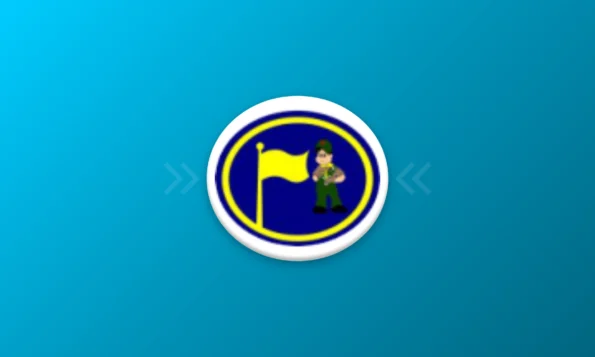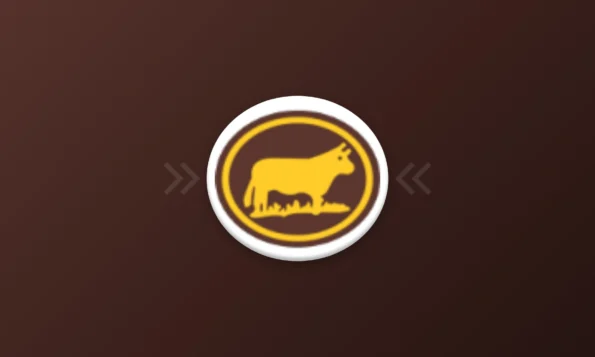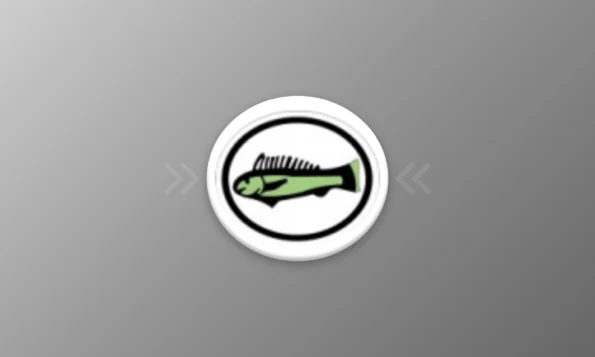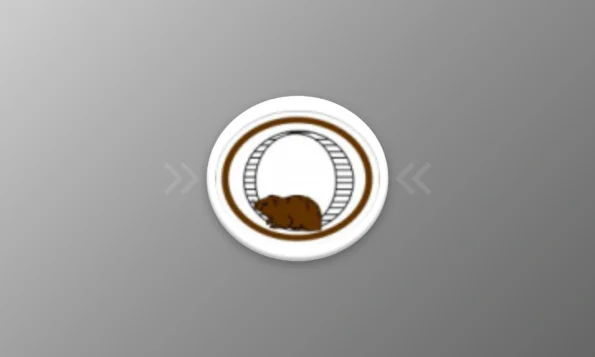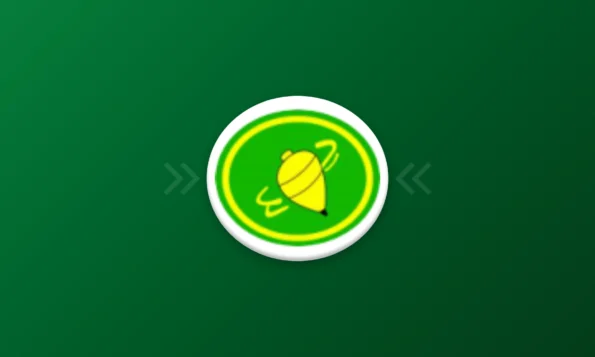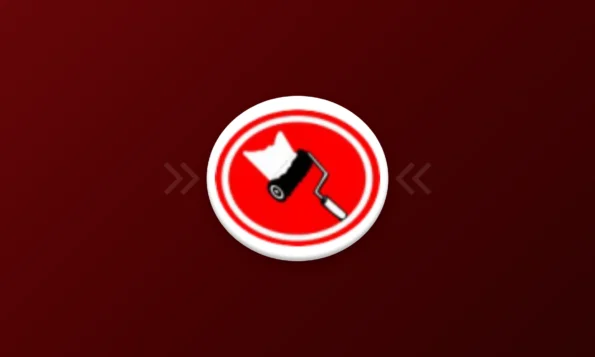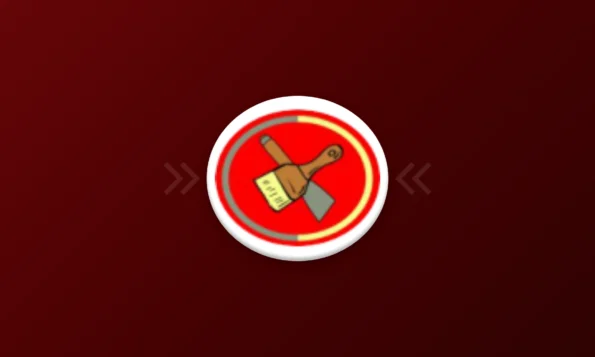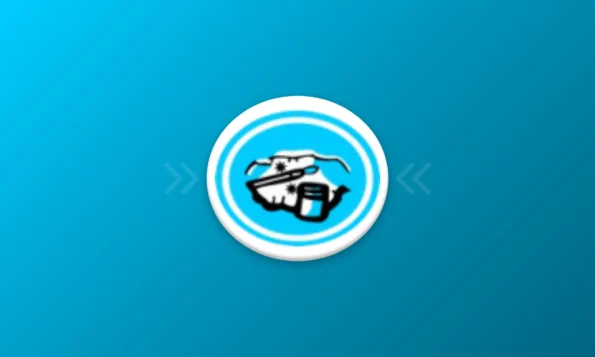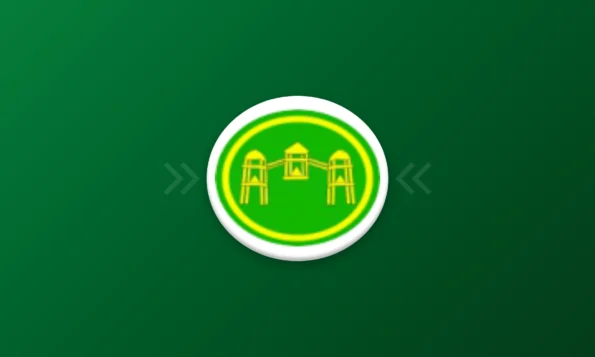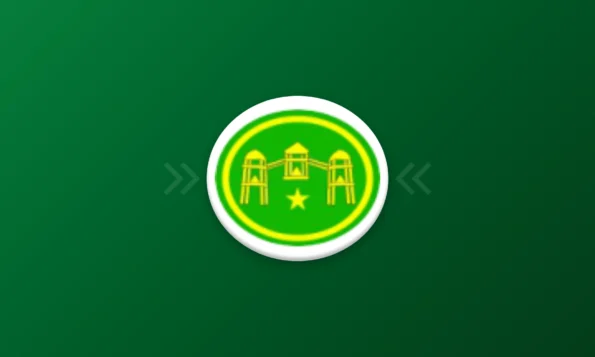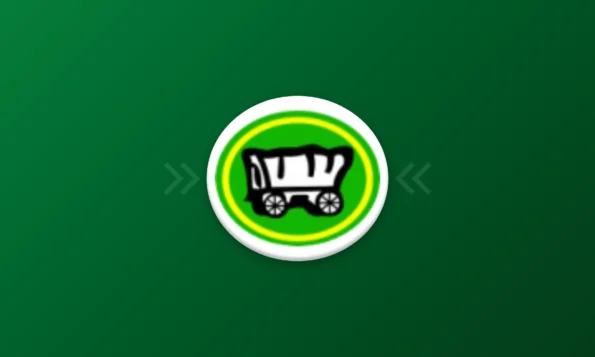Prova de Especialidade – Palmeiras
Prova de Especialidade – Panificacao
Prova de Especialidade – Papel Mache
Prova de Especialidade – Papercraft
Prova de Especialidade – Patchwork
Prova de Especialidade – Patins
Prova de Especialidade – Patrimonio Historico
Prova de Especialidade – Patriotismo
Prova de Especialidade – Pecuaria
Prova de Especialidade – Peixes
Prova de Especialidade – Pequenos Mamiferos de Estimacao
Prova de Especialidade – Pescaria
Prova de Especialidade – Piao
Prova de Especialidade – Pintura de Paredes Exteriores
Prova de Especialidade – Pintura de Paredes Interiores
Prova de Especialidade – Pintura em Tecido
Prova de Especialidade – Pintura em Vidro
Prova de Especialidade – Pioneirias
Prova de Especialidade – Pioneirias Avancado
Prova de Especialidade – Pioneirismo
Online store of household appliances and electronics
Then the question arises: where’s the content? Not there yet? That’s not so bad, there’s dummy copy to the rescue. But worse, what if the fish doesn’t fit in the can, the foot’s to big for the boot? Or to small? To short sentences, to many headings, images too large for the proposed design, or too small, or they fit in but it looks iffy for reasons.
A client that’s unhappy for a reason is a problem, a client that’s unhappy though he or her can’t quite put a finger on it is worse. Chances are there wasn’t collaboration, communication, and checkpoints, there wasn’t a process agreed upon or specified with the granularity required. It’s content strategy gone awry right from the start. If that’s what you think how bout the other way around? How can you evaluate content without design? No typography, no colors, no layout, no styles, all those things that convey the important signals that go beyond the mere textual, hierarchies of information, weight, emphasis, oblique stresses, priorities, all those subtle cues that also have visual and emotional appeal to the reader.





